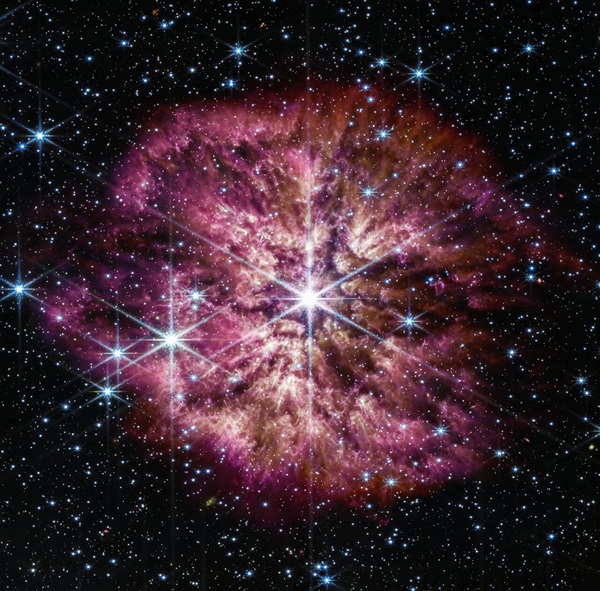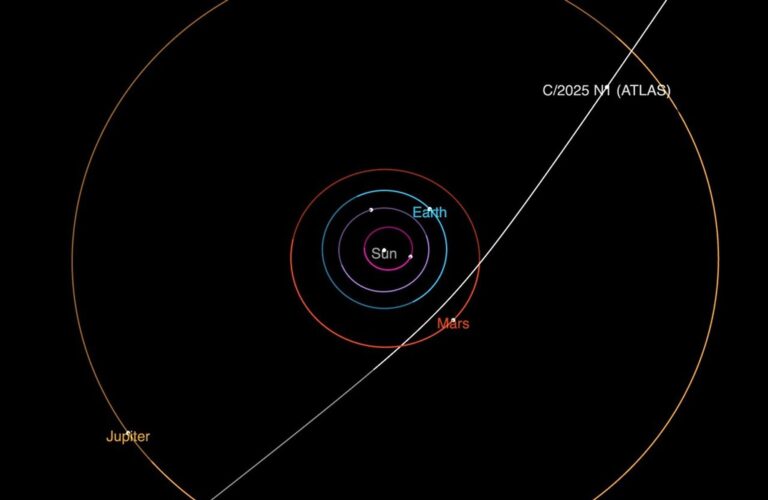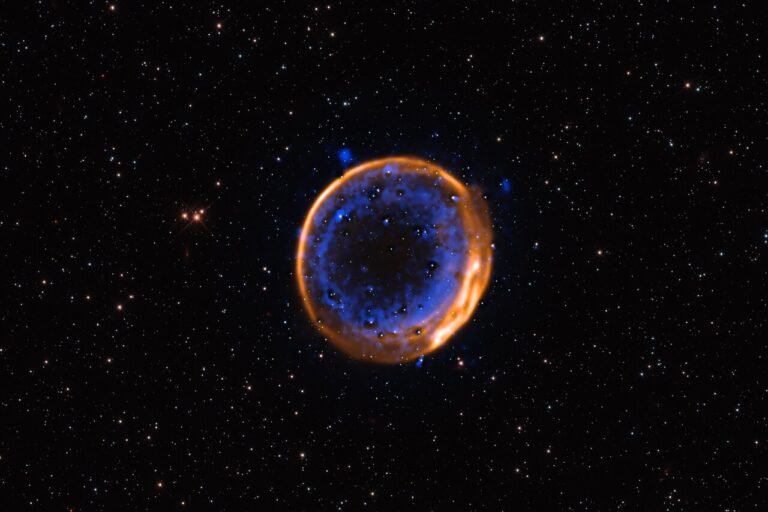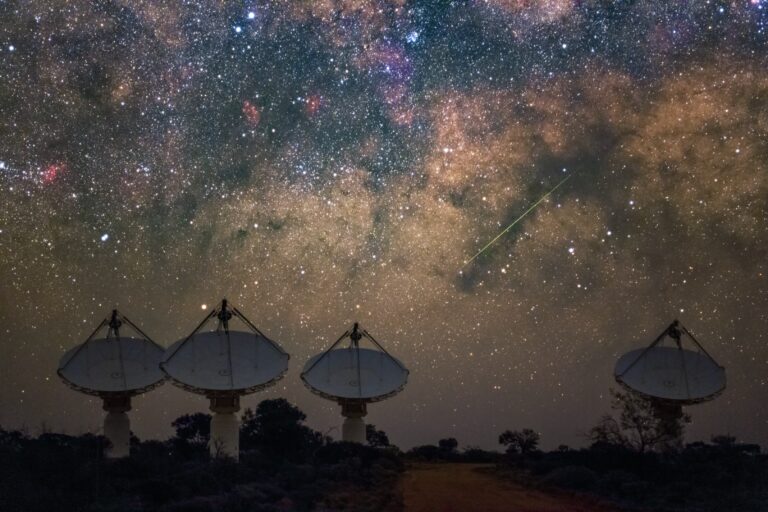
Key Takeaways:
The James Webb Space Telescope (JWST) has captured a stunning view of an exceptionally massive and hot star that’s well on its way to going supernova. The star, Wolf-Rayet 124 (WR 124), is located some 15,000 light-years away in the constellation Sagitta the Arrow.
Wolf-Rayet stars like WR 124 are a special breed. These objects are some of the brightest, most massive, and hottest stars in the modern-day universe. They also sport intense stellar winds that can clock in at speeds of millions of miles per hour.
Such strong stellar winds mean Wolf-Rayet stars shed their outer layers at an astonishing rate. For instance, researchers say WR 124 has already lost about 10 Suns’ worth of material over the course of its relatively short life. That’s about 25 percent of the star’s original mass!
But Wolf-Rayet stars are also notoriously difficult to study. And the reason why boils down to two main issues.
First, because they are so massive, Wolf-Rayet stars quickly burn through their nuclear fuel. This means that Wolf-Rayet stars typically only live about a million years before collapsing in on themselves and exploding as supernovae. For comparison, our relatively petite Sun has a lifespan of about 10 billion years, and the smallest red dwarf stars are expected to have lifespans of trillions of years.
The second issue is that the particularly powerful stellar winds of Wolf-Rayet stars shroud them in expansive shells of ejected gas, which eventually cool into cosmic dust. These clouds of dust largely block visible light, preventing optical telescopes like Hubble from capturing much detail.
Fortunately, JWST views the cosmos with infrared vision, which is perfect for observing the gas and dust that surrounds Wolf-Rayet stars.
“Webb’s Near-Infrared Camera (NIRCam) balances the brightness of WR 124’s stellar core and the knotty details in the fainter surrounding gas,” according to a NASA news release. Meanwhile, “The telescope’s Mid-Infrared Instrument (MIRI) reveals the clumpy structure of the gas and dust nebula of the ejected material now surrounding the star.”
These observations, captured in June 2022, are not only helping astronomers unravel the mysteries of Wolf-Rayet stars like WR 124, which live exceptionally turbulent and transformative lives. They also may help shed light on why astronomers encounter more dust in the universe than current theories can explain.









